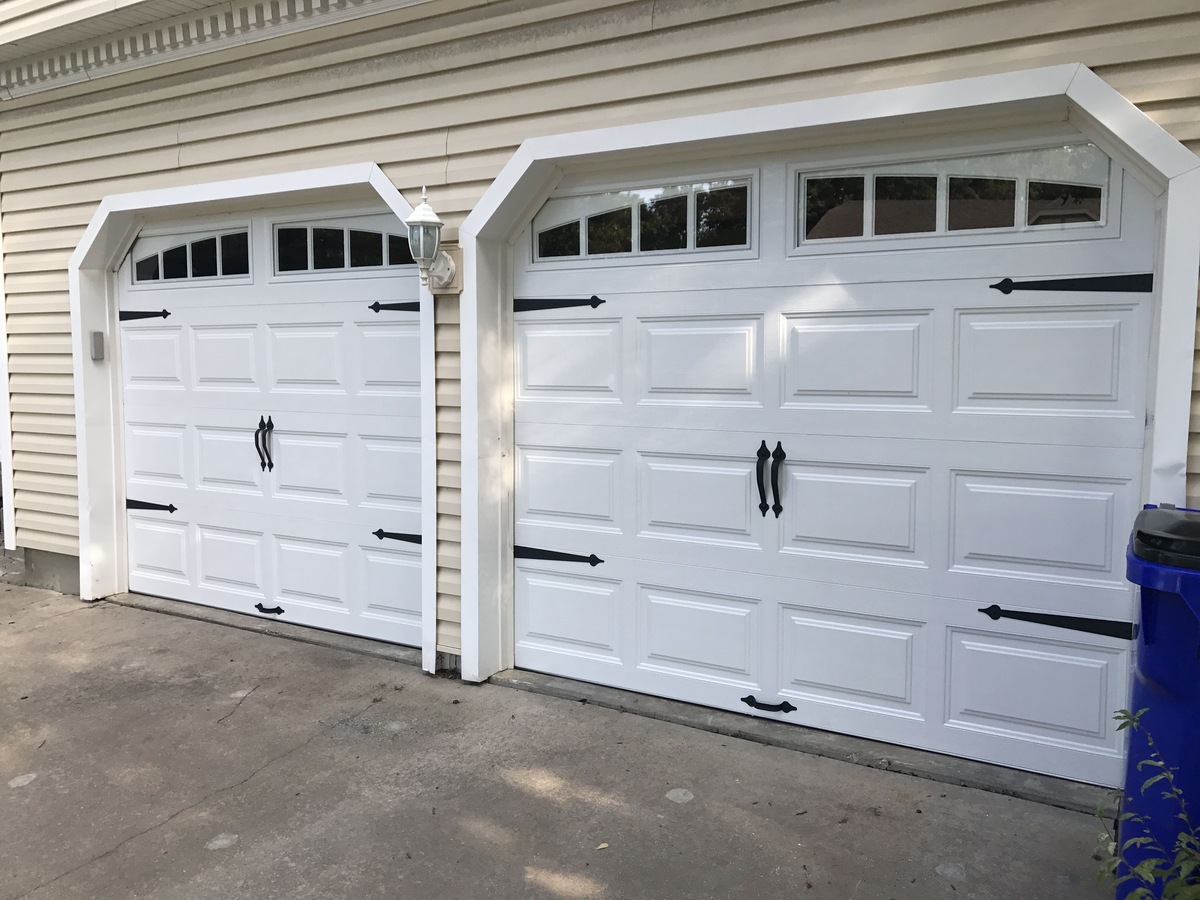

Articles
How Much Is A Garage Door Panel
Modified: February 23, 2024
Discover articles about how much a garage door panel costs and find out the factors that influence the price. Expert advice and tips to help you make an informed decision for your garage door replacement.
(Many of the links in this article redirect to a specific reviewed product. Your purchase of these products through affiliate links helps to generate commission for Storables.com, at no extra cost. Learn more)
Introduction
Welcome to our comprehensive guide on garage door panels and their cost. If you own a garage, you probably already know how vital the panels are to the overall function and appearance of your garage door. However, when one or more panels become damaged or worn out, you may be wondering about the cost and options for repair or replacement.
In this article, we will delve into the world of garage door panels, exploring what they are, the factors that influence their cost, the types available, and how to measure them accurately. We will also discuss the average cost of garage door panels and provide some insights into whether it is better to repair or replace a damaged panel. Additionally, we will touch on the DIY versus professional installation debate and offer tips for selecting a reliable supplier. So, let’s jump right in!
Key Takeaways:
- Understanding the factors that influence the cost of garage door panels, such as material, size, insulation, design, and brand, can help you make an informed decision when it’s time to repair or replace your panels.
- When deciding between DIY and professional installation of garage door panels, consider your level of expertise, the complexity of the installation, and your comfort with taking on the task to ensure a smooth and successful installation.
Read more: How To Replace Garage Door Panels
What Is a Garage Door Panel?
A garage door panel is a rectangular section that, when combined with other panels, forms the complete door. These panels are typically made of sturdy materials such as steel, aluminum, wood, or fiberglass. They are hinged together and designed to move up and down along a track, allowing for easy access to the garage.
Garage door panels play a crucial role in the function and aesthetics of the door. They provide structural integrity and security while enhancing the overall appearance of the garage. The number and size of panels may vary depending on the size and style of the door. For example, a standard residential garage door usually consists of four or more panels, whereas commercial doors may have larger panels or different configurations.
Not only do garage door panels contribute to the door’s functionality and appearance, but they also help with insulation. Insulated panels are available, which can help regulate the temperature inside the garage and improve energy efficiency.
Over time, garage door panels can become damaged due to accidents, harsh weather conditions, or general wear and tear. Issues such as dents, cracks, or warping can compromise the functionality and aesthetics of the door, warranting repair or replacement.
Now that we understand what garage door panels are, let’s explore the factors that influence their cost.
Factors Influencing the Cost of Garage Door Panels
Several factors come into play when determining the cost of garage door panels. Understanding these factors can help you make an informed decision when it’s time to repair or replace your panels:
- Material: The material of the garage door panel is a significant factor in determining its cost. Steel panels are often the most affordable, while wood panels tend to be more expensive. Aluminum and fiberglass panels fall somewhere in between. Each material has its own set of pros and cons, so consider your budget, desired aesthetics, and durability when choosing.
- Size: The size of the garage door panels will influence the cost. Larger doors require more panels, increasing the overall expense. Additionally, custom-sized panels may be more costly compared to standard-sized ones.
- Insulation: Insulated garage door panels cost more than their non-insulated counterparts. However, the added insulation can help regulate the temperature inside the garage and potentially reduce energy costs in the long run. Consider the climate in your area and your garage’s intended use when deciding on insulation.
- Design and Style: Garage door panels are available in various designs and styles, ranging from traditional raised panels to contemporary flush panels. Intricate designs or special finishes may come at a higher cost compared to basic options. The style you choose can greatly impact the overall look and curb appeal of your home.
- Brand and Quality: The brand and quality of the garage door panels can affect the cost. Well-known and reputable brands often come with a higher price tag but offer better durability and warranty coverage.
- Additional Features: Some garage door panels come with additional features such as windows, decorative hardware, or smart integration capabilities. These features can add to the cost but can also enhance the visual appeal and convenience of your garage door.
Keep in mind that installation costs are usually separate from the cost of the panels themselves. Professional installation is recommended to ensure proper fitment and functionality of the panels.
Now that we have explored the factors that influence the cost of garage door panels, let’s move on to discuss the different types of panels available.
Common Types of Garage Door Panels
When it comes to garage door panels, there are several common types available, each with its own unique characteristics and benefits. Let’s take a closer look at some of these popular options:
- Steel Panels: Steel panels are a popular choice due to their durability and affordability. They offer excellent strength and are resistant to dents, rust, and warping. Steel panels also provide good insulation options, helping to regulate the temperature inside the garage. They are available in a variety of styles and finishes, making them suitable for both residential and commercial applications.
- Aluminum Panels: Aluminum panels are lightweight and resistant to corrosion, making them a low-maintenance option. They are an excellent choice for coastal areas or locations with high humidity. While they may not be as strong as steel, aluminum panels are still durable and come in a range of styles and finishes. They are often more expensive than steel panels but offer a sleek and modern look.
- Wood Panels: For a more classic and traditional look, wood panels are a popular choice. Wood provides warmth and beauty, enhancing the overall curb appeal of your home. However, wood panels require regular maintenance to prevent rotting, warping, or insects. They are usually more expensive than other options and may not offer the same level of insulation.
- Fiberglass Panels: Fiberglass panels offer the advantage of being lightweight, durable, and resistant to moisture. They are a good option for coastal regions or areas with high humidity. Fiberglass panels are available in various styles and can be designed to mimic the look of wood or other materials. They may not be as commonly available as steel or aluminum panels and can be more expensive.
- Mixed Material Panels: Some garage door panels combine different materials to provide a unique look and improved functionality. For example, a panel may feature a steel front for durability and security, with a wood or fiberglass back for insulation and aesthetics.
It’s important to consider your specific needs, budget, and desired look when choosing the type of garage door panel. Consulting with a professional can help you make the right decision based on your individual circumstances.
Now that we’ve discussed the common types of garage door panels, it’s time to learn how to measure a panel accurately.
How to Measure a Garage Door Panel
Accurately measuring a garage door panel is essential when it comes to replacement or repair. Here is a step-by-step guide to help you measure your garage door panel correctly:
- Measure Width: Start by measuring the width of the panel. Use a tape measure to measure from one side of the panel to the other, taking the measurement at the widest part. If there are multiple panels, measure each one separately.
- Measure Height: Next, measure the height of the panel. Measure from the top edge to the bottom edge, again at the tallest part of the panel. If there are multiple panels, measure each one individually.
- Take Thickness Measurement: Measure the thickness of the panel. Use a caliper or ruler to measure the distance from one side of the panel to the other. This measurement will help ensure a proper fit when replacing or repairing the panel.
- Consider Track and Hardware: Take note of the track and hardware when measuring the panel. Measure the length and width of the track, as well as the size and placement of any hinges or brackets. These measurements will help ensure that the new panel fits properly into the existing track and aligns with the hardware.
- Check Panel Design: If you are replacing a specific panel due to damage or wear, take note of the design or style of the panel. Look for any unique patterns, windows, or decorative elements that need to be matched with the new panel.
It’s important to be as precise as possible when measuring the garage door panel to ensure a proper fit. If you are unsure of your measurements or need assistance, consult a professional garage door technician who can guide you through the process or provide accurate measurements for replacement.
Now that you know how to measure a garage door panel accurately, let’s move on to the average cost of garage door panels.
When determining the cost of a garage door panel, consider factors such as the material of the panel, the size of the panel, and any additional features or insulation. It’s also important to factor in the cost of installation if you are not doing it yourself.
Read more: How To Repair A Garage Door Panel
Average Cost of Garage Door Panels
The cost of garage door panels can vary depending on several factors such as material, size, insulation, design, and brand. However, to give you a general idea, let’s take a look at the average cost range for different types of garage door panels:
- Steel Panels: On average, steel panels can range from $200 to $600 per panel. The cost may increase if you opt for additional insulation or specific designs.
- Aluminum Panels: Aluminum panels typically range from $300 to $800 per panel. The cost may vary based on the thickness and the design of the panel.
- Wood Panels: Wood panels are generally more expensive, with an average cost of $600 to $1,500 per panel. The price can vary depending on the type of wood, customization, and intricate designs.
- Fiberglass Panels: Fiberglass panels tend to fall in the range of $400 to $900 per panel, depending on the size, design, and insulation options.
Please note that these are average prices, and the actual cost may vary depending on your location, the specific brand, any additional features, and whether you choose to purchase a complete door or just individual panels.
It’s worth mentioning that the cost of installation is usually separate from the cost of the panels. Hiring a professional to install the panels can range from $150 to $500, depending on the complexity of the installation and your location.
Be sure to gather estimates from multiple suppliers and consider different options to determine the most cost-effective and suitable solution for your garage door panel needs. Keep in mind that higher-priced panels often come with better quality and durability, so it’s important to strike a balance between your budget and long-term value.
Now that you have a better understanding of the average cost of garage door panels, let’s explore the pros and cons of repairing versus replacing a damaged panel.
Pros and Cons of Repairing vs. Replacing a Garage Door Panel
When a garage door panel becomes damaged, you might find yourself wondering whether it’s better to repair the panel or replace it entirely. Both options have their pros and cons, and it’s important to consider them before making a decision. Let’s explore the benefits and drawbacks of repairing versus replacing a garage door panel:
Repairing a Garage Door Panel:
Pros:
- Cost-Effective: Repairing a damaged panel is often more cost-effective compared to replacing the entire door. If the damage is minor, such as small dents or scratches, a simple repair can restore the panel’s functionality and appearance.
- Preserves the Original Look: If you have a specific design or style of garage door that you want to maintain, repairing the damaged panel can help preserve the original look and curb appeal of your home.
- Quick Solution: Repairing a panel is generally a quicker process compared to replacing the entire door. This is especially beneficial if you rely on your garage for daily use and need the door back in working condition promptly.
Cons:
- Limitations: Not all types of damage can be successfully repaired. If the panel is severely warped, cracked, or has structural issues, repairing it may not provide a long-lasting solution.
- Aesthetics: While repairs can restore functionality, they may not completely eliminate the visual imperfections on the panel. Depending on the damage and repair method, there may still be noticeable marks or blemishes.
Replacing a Garage Door Panel:
Pros:
- Fresh and Uniform Appearance: Replacing a damaged panel allows you to achieve a fresh and uniform look for your garage door. If the existing panels are worn, weathered, or mismatched, replacing the damaged panel can enhance the overall curb appeal of your home.
- Improved Functionality: If the damaged panel is causing issues with the door’s operation, such as improper alignment or difficulties with opening and closing, replacing it can restore proper functionality.
- Opportunity for Upgrades: When replacing a panel, you have the opportunity to upgrade to a new material, design, or insulation option. This can enhance energy efficiency, durability, and overall value.
Cons:
- Higher Cost: Replacing a garage door panel is generally more expensive than repairing it. If multiple panels are damaged or the door is nearing the end of its lifespan, replacing the entire door may be a more cost-effective long-term solution.
- Time and Installation: Replacing a panel requires proper measurement, ordering, and installation. This can take more time and may require professional assistance for a seamless and accurate fit.
Ultimately, the decision between repairing or replacing a garage door panel depends on the extent of the damage, your budget, and your long-term goals. If the damage is significant or the door is already showing signs of wear, it may be more practical and cost-effective to replace the panel or consider replacing the entire door.
Now that we’ve discussed the pros and cons, let’s move on to the choice between DIY and professional installation of garage door panels.
DIY vs. Professional Installation of Garage Door Panels
When it comes to installing garage door panels, you have two options: DIY or professional installation. Both approaches have their advantages and considerations. Let’s explore the pros and cons of each:
DIY Installation:
Pros:
- Cost Savings: One of the main advantages of DIY installation is the potential cost savings. By taking on the installation yourself, you can avoid labor costs associated with hiring a professional.
- Flexibility: DIY installation allows you to work at your own pace and schedule. You have more control over the timing of the project and can make adjustments as needed.
- Personal Satisfaction: Successfully completing a DIY project can bring a sense of accomplishment and personal satisfaction. It allows you to develop new skills and gain hands-on experience.
Cons:
- Complexity: Installing garage door panels can be a complex task, especially for those with little to no experience. It requires precise measurements, proper tools, and knowledge of the specific installation process.
- Potential Risk: Improper installation can lead to issues such as misalignment, poor functionality, or even safety hazards. Additionally, DIY installation may void any warranties associated with the panels or the door.
- Time and Effort: Installing garage door panels can be time-consuming, especially for beginners. It requires careful attention to detail, multiple steps, and potential adjustments along the way.
Professional Installation:
Pros:
- Expertise and Experience: Hiring a professional ensures that the installation is done correctly and efficiently. Professionals have the knowledge, skills, and tools necessary to handle the job effectively.
- Time-Saving: Professional installers have experience in installing garage door panels, allowing them to complete the task in a shorter timeframe compared to DIY attempts.
- Warranty and Guarantees: Many professional installation services offer warranties and guarantees for their work. This provides peace of mind knowing that any potential issues will be addressed and resolved.
Cons:
- Cost: Hiring a professional installer comes with a cost that includes labor charges. The expense of professional installation should be factored into your budget when considering this option.
- Less Flexibility: You may need to coordinate with the installer’s schedule, which may not always align with your preferred timing.
When deciding between DIY and professional installation, consider your level of expertise, the complexity of the installation, and your comfort with taking on the task. If you have little to no experience or if the installation process seems daunting, it’s generally recommended to hire a professional for a smooth and successful installation.
Now that we have explored the DIY versus professional installation debate, let’s move on to some tips for choosing a reliable garage door panel supplier.
Tips for Choosing a Garage Door Panel Supplier
When it comes to purchasing garage door panels, it is important to choose a reliable and reputable supplier. Here are some tips to help you make an informed decision when selecting a garage door panel supplier:
- Research: Start by conducting thorough research. Look for suppliers who specialize in garage door panels and have a good reputation in the industry. Read customer reviews and testimonials to gauge their reliability and quality of products.
- Quality Products: Ensure that the supplier offers high-quality garage door panels. Check if they source their panels from trusted manufacturers and if they provide warranties or guarantees for their products. Quality panels are not only more durable but also offer better performance and longevity.
- Range of Options: Look for a supplier that offers a diverse range of garage door panel options. Different materials, designs, and styles will enable you to find the perfect panel that matches your needs and aesthetic preferences.
- Knowledgeable Staff: Choose a supplier with knowledgeable staff who can provide expert advice and guidance. They should be able to answer your questions, assist you in selecting the right panel for your needs, and offer recommendations based on your specific requirements.
- Installation Services: If you prefer a hassle-free experience, consider suppliers who offer professional installation services. This can ensure proper fitment and peace of mind that the panels are installed correctly.
- Competitive Pricing: Compare prices from different suppliers to ensure you get a fair and competitive deal. Keep in mind that the lowest price doesn’t always guarantee the best quality. Consider the overall value and the reputation of the supplier when comparing prices.
- Customer Service: Pay attention to the level of customer service provided by the supplier. A responsive and helpful customer service team can make the purchasing process much smoother. Look for suppliers who prioritize customer satisfaction and are readily available to address any concerns or issues that may arise.
- Additional Services: Consider if the supplier offers additional services such as panel customization, maintenance, or repair services. Having a one-stop shop for all your garage door needs can be convenient and save you time and effort in the long run.
By following these tips and conducting thorough research, you can choose a reliable garage door panel supplier that meets your requirements and provides high-quality products and services.
Now that we’ve discussed the tips for choosing a garage door panel supplier, let’s wrap up our guide.
Read more: Where To Buy Garage Door Panels
Conclusion
Garage door panels are an essential component of your garage door, providing both structural integrity and visual appeal. When faced with a damaged or worn-out panel, it’s important to consider the various factors that influence the cost, the types of panels available, and the options for repair or replacement.
We explored the different types of garage door panels, including steel, aluminum, wood, and fiberglass, each offering unique features and benefits. We also discussed how to accurately measure a panel and the average cost range for different materials. Understanding these aspects can help you make an informed decision when it comes to repairing or replacing your garage door panels.
When deciding between repairing and replacing a panel, consider factors such as the extent of the damage, the overall condition of the door, and your long-term goals. Both options have their pros and cons, and it’s crucial to weigh them carefully before making a decision.
We also discussed the choice between DIY installation and professional installation. While DIY may offer cost savings, professional installation ensures proper fitment and eliminates the risk of installation errors. Consider your skills, the complexity of the task, and your comfort level before deciding on the best approach for your situation.
Lastly, we provided tips for choosing a reliable garage door panel supplier. By researching, assessing the quality of their products, and considering additional services and customer support, you can select a supplier that meets your needs and offers high-quality panels.
Remember, maintaining and replacing your garage door panels is crucial for the overall functionality and appearance of your garage door. By understanding the options available and making informed decisions, you can ensure a secure, efficient, and aesthetically pleasing garage door for years to come.
We hope this comprehensive guide has provided you with the information you need to navigate the world of garage door panels. Whether you choose to repair or replace your panels, or opt for DIY or professional installation, we wish you success in your garage door endeavors!
Frequently Asked Questions about How Much Is A Garage Door Panel
Was this page helpful?
At Storables.com, we guarantee accurate and reliable information. Our content, validated by Expert Board Contributors, is crafted following stringent Editorial Policies. We're committed to providing you with well-researched, expert-backed insights for all your informational needs.
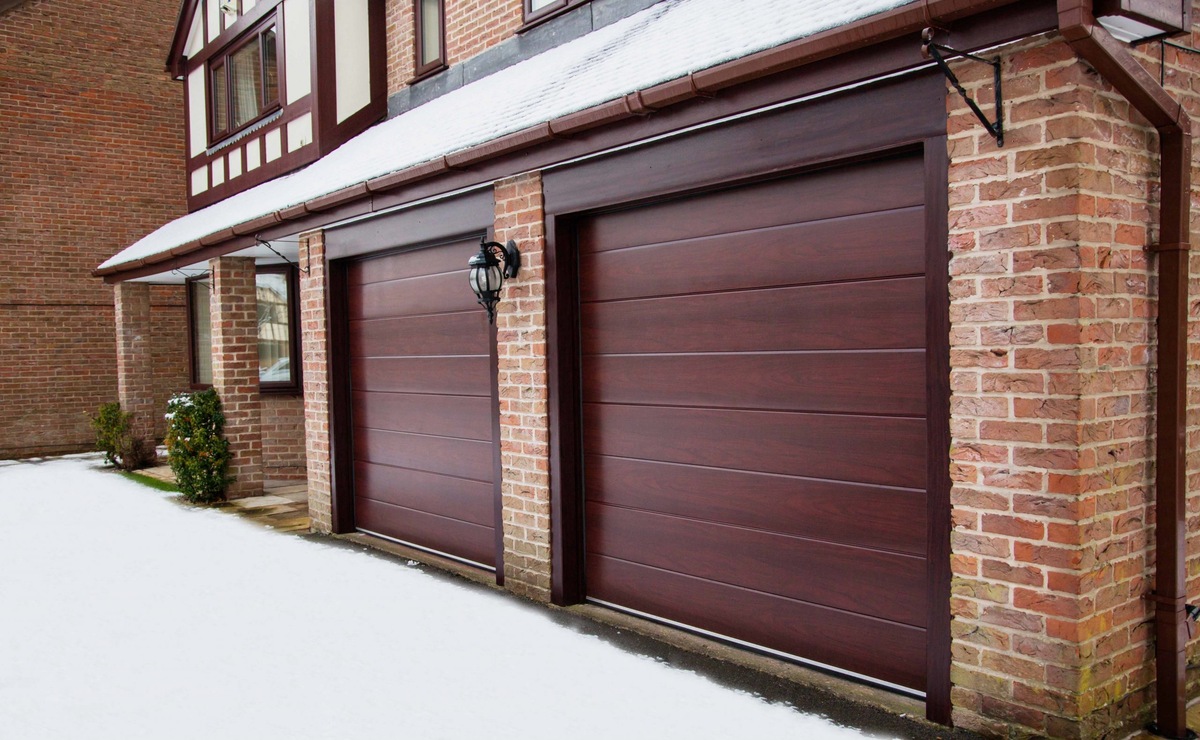

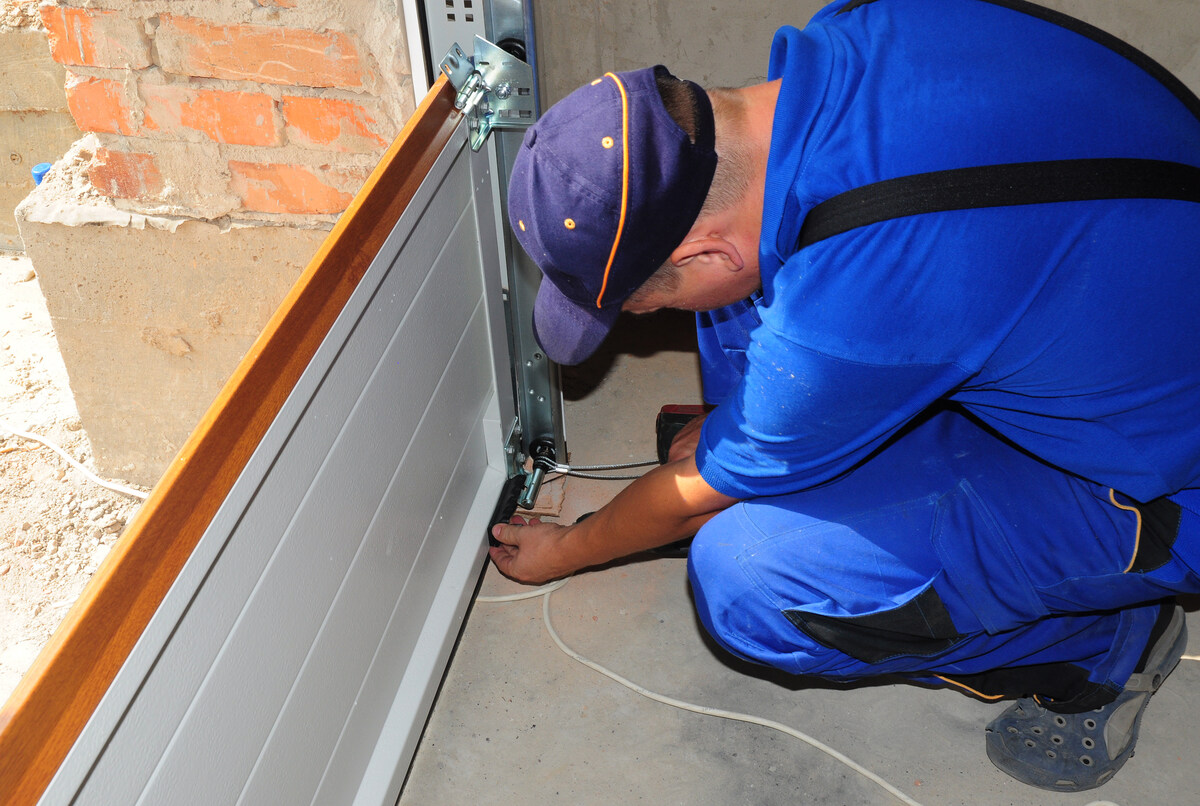
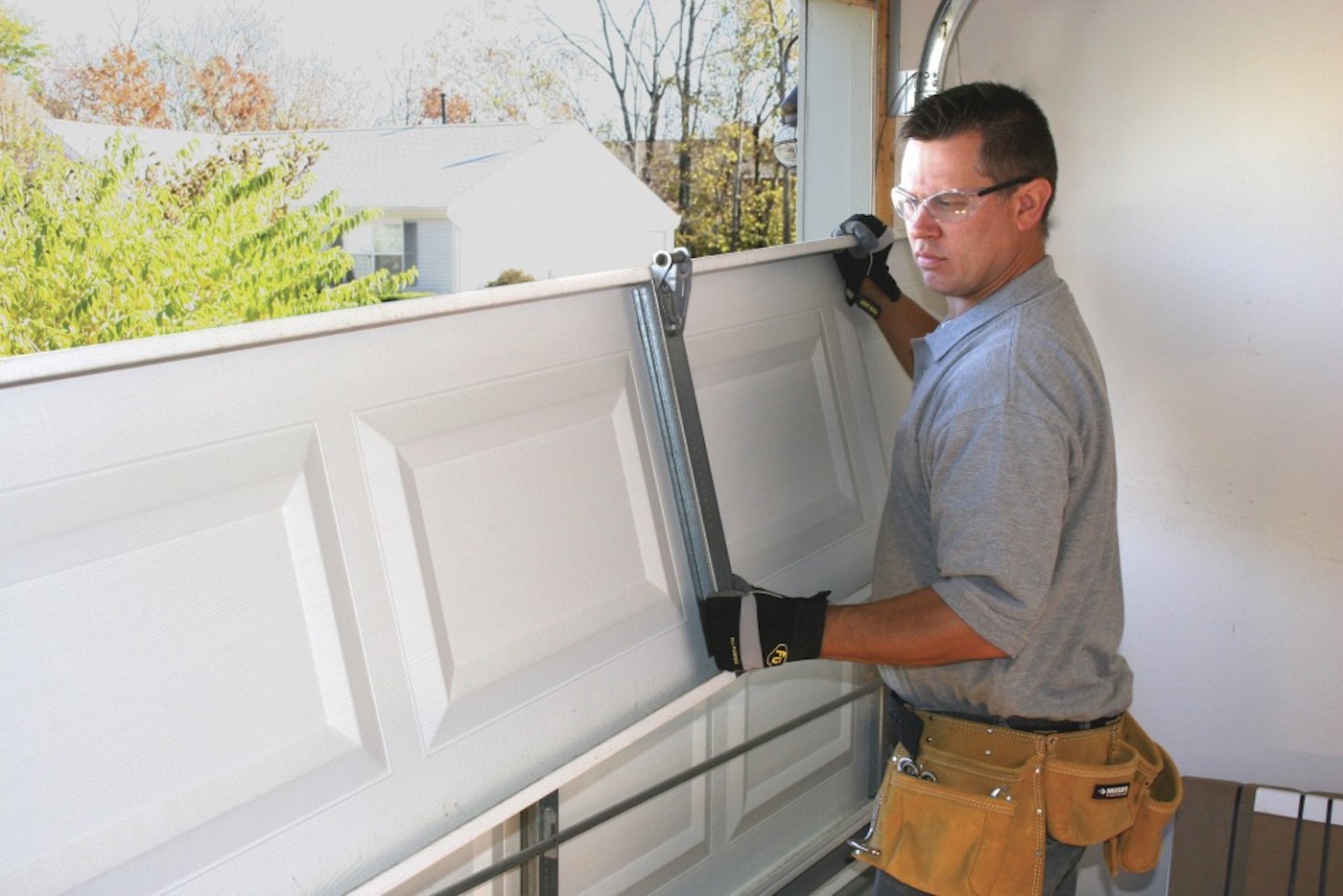
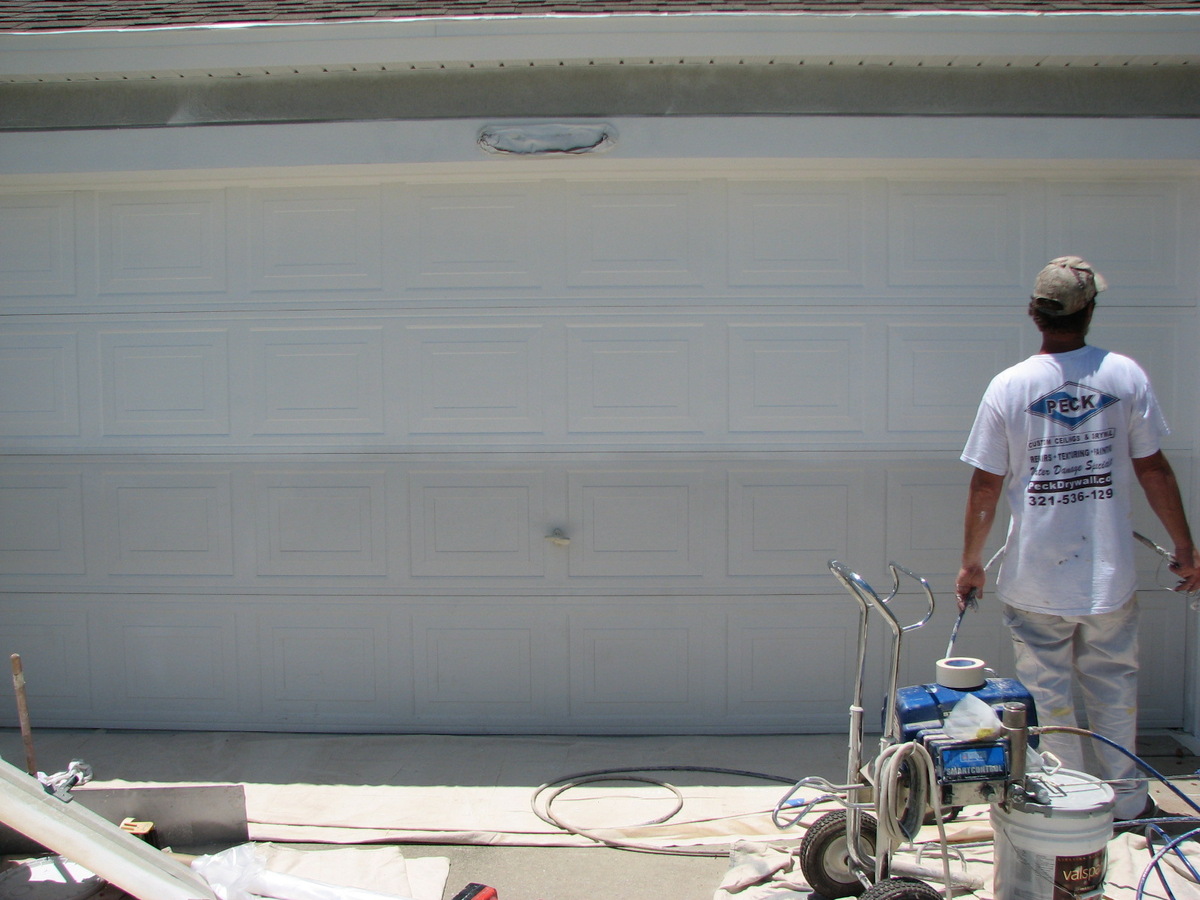
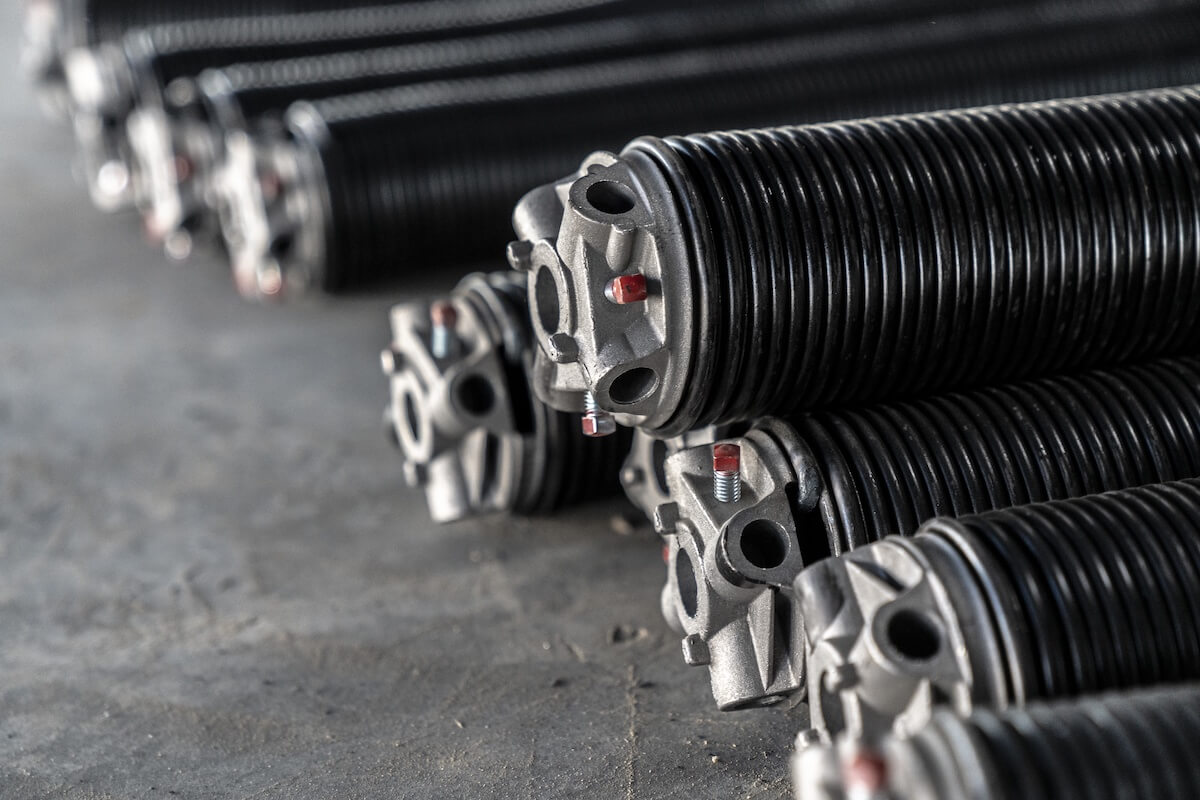
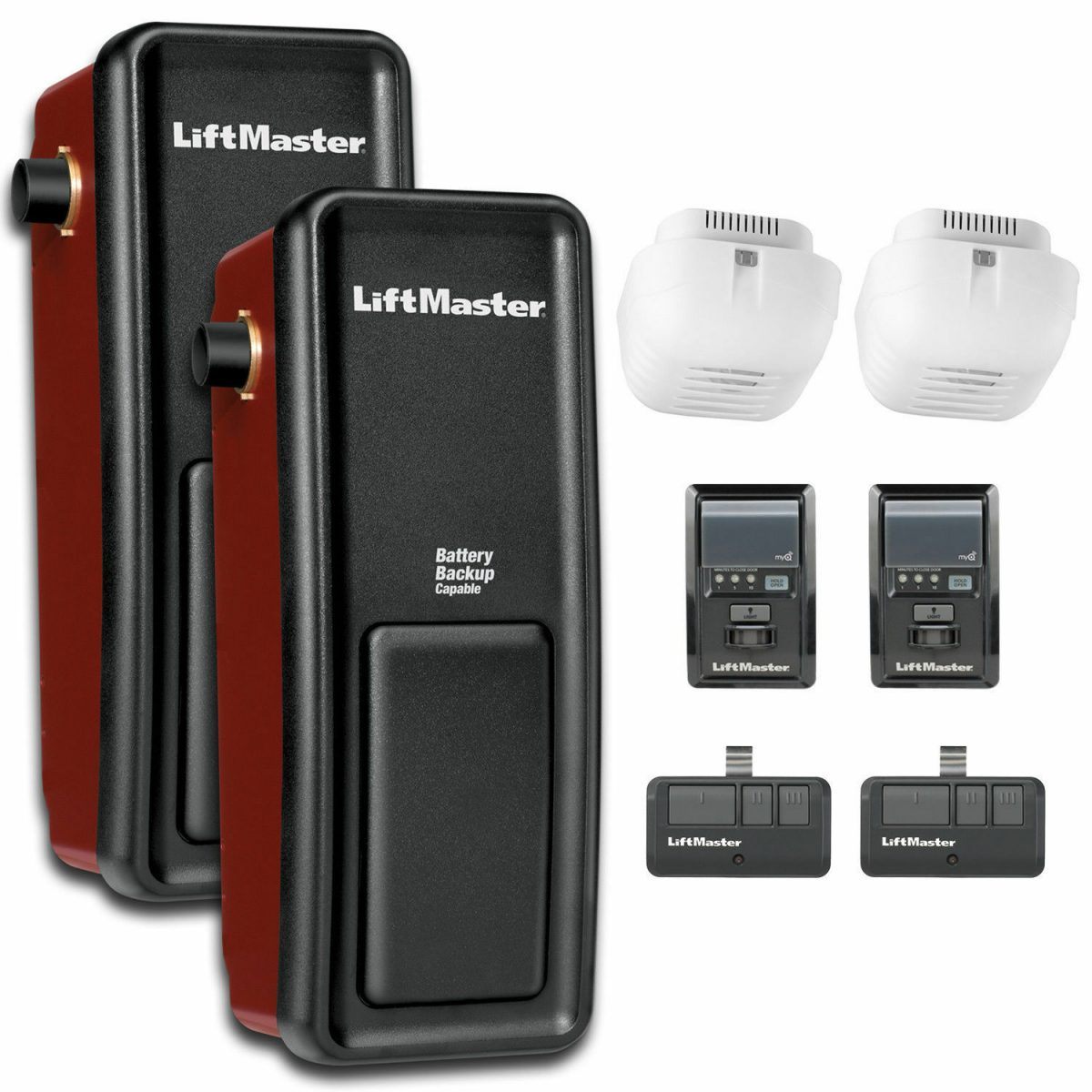
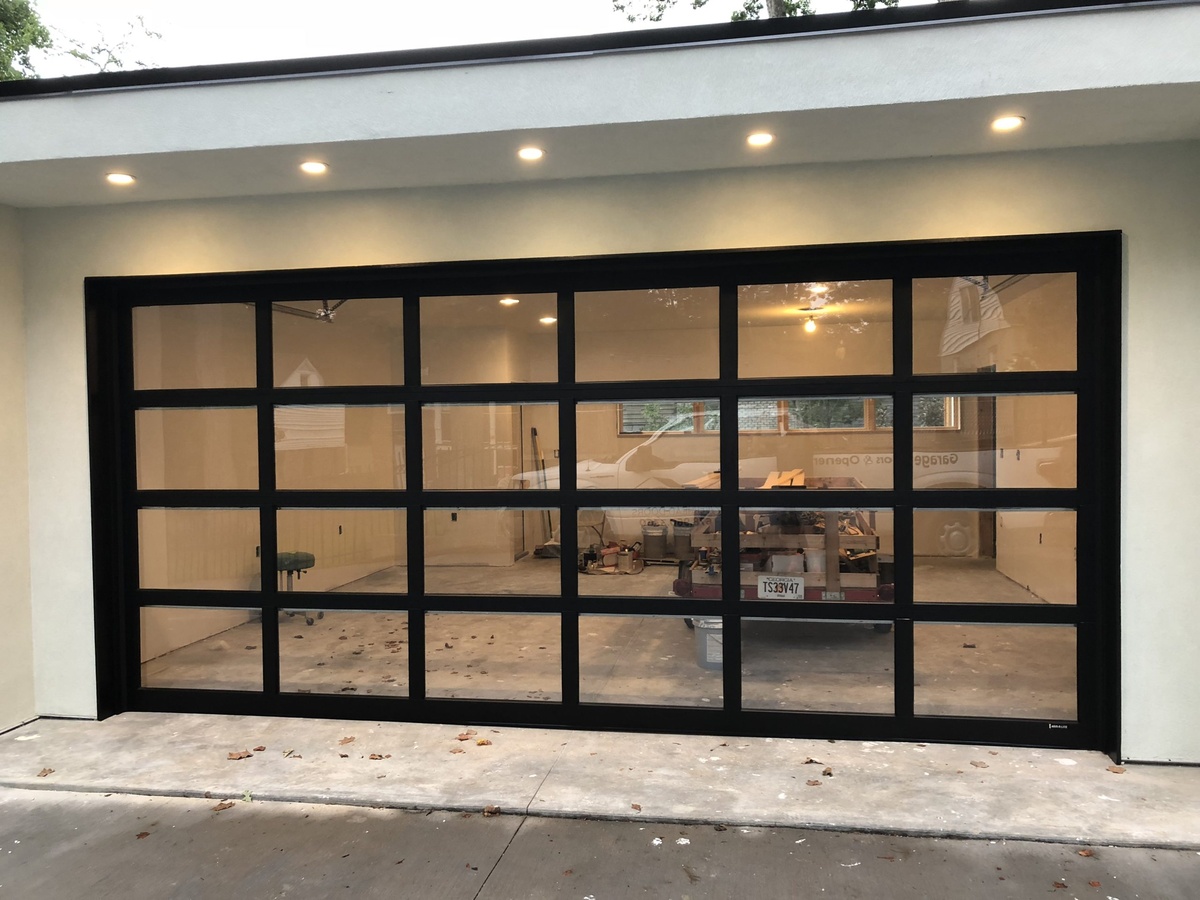
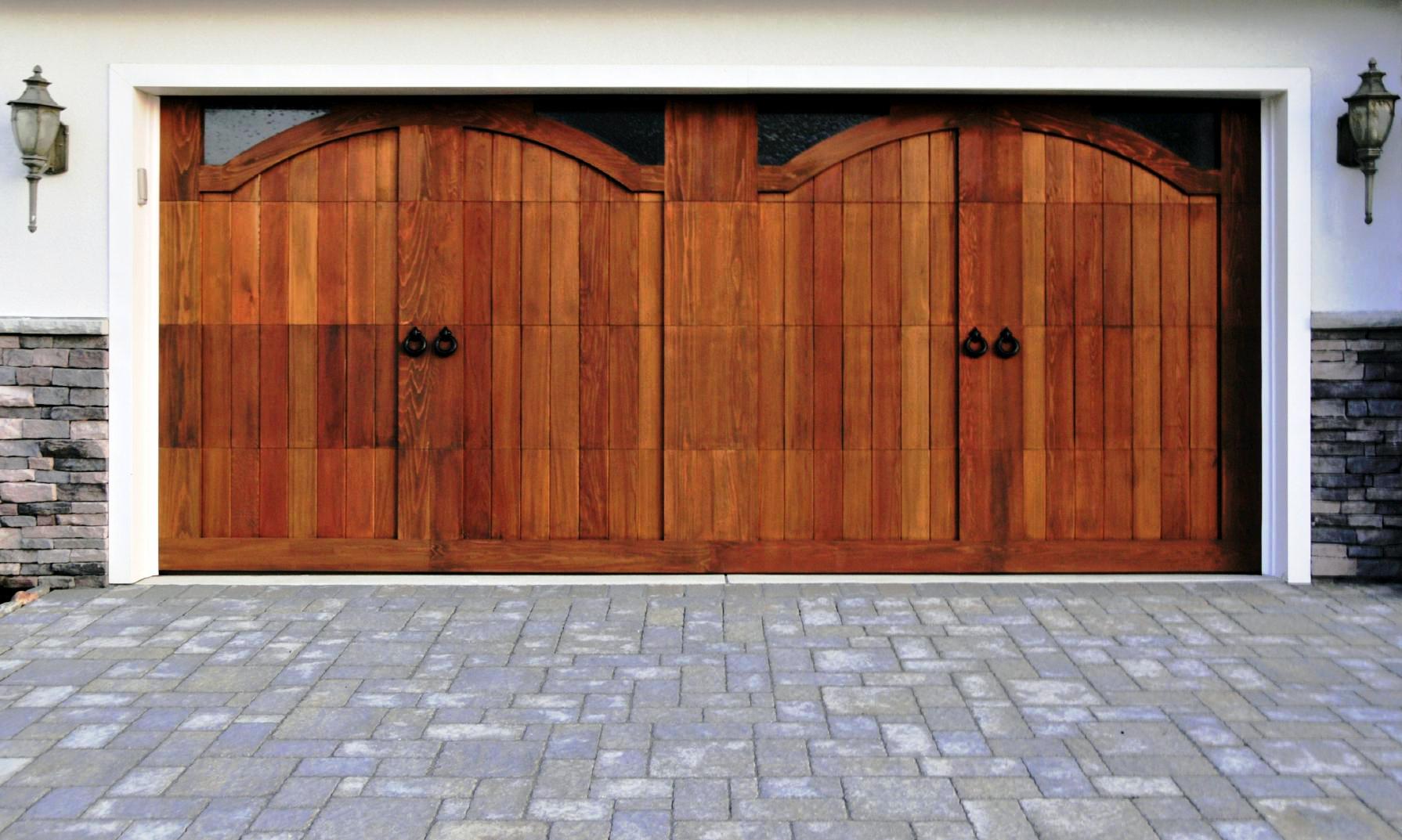
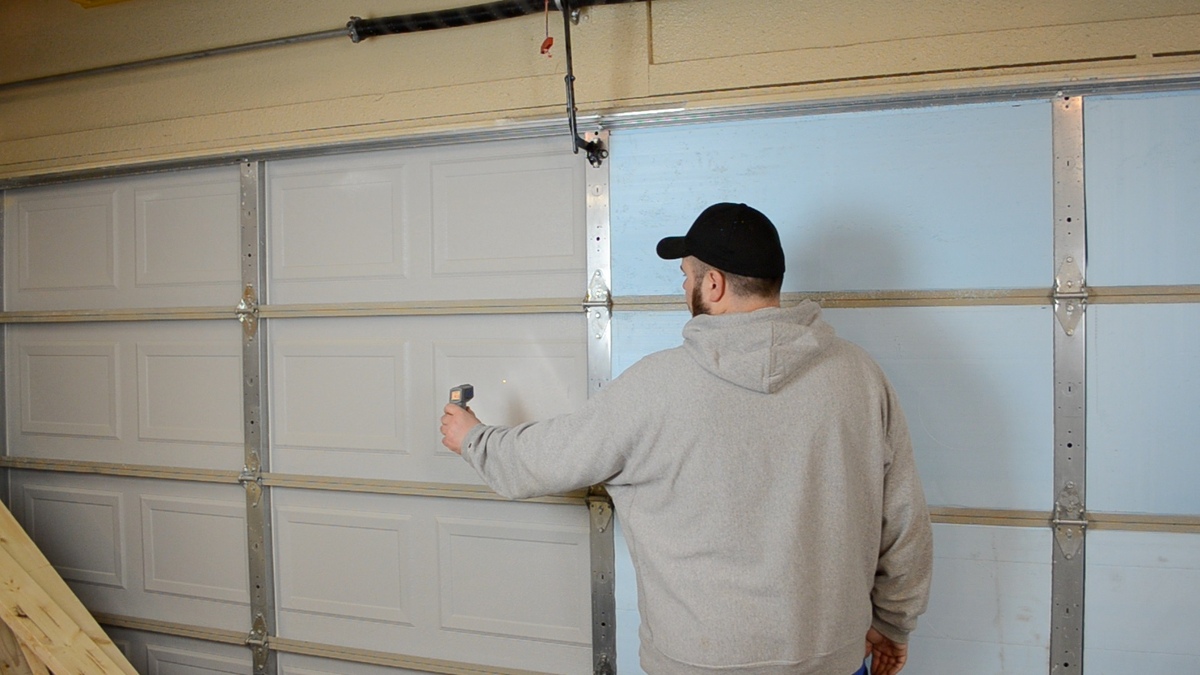
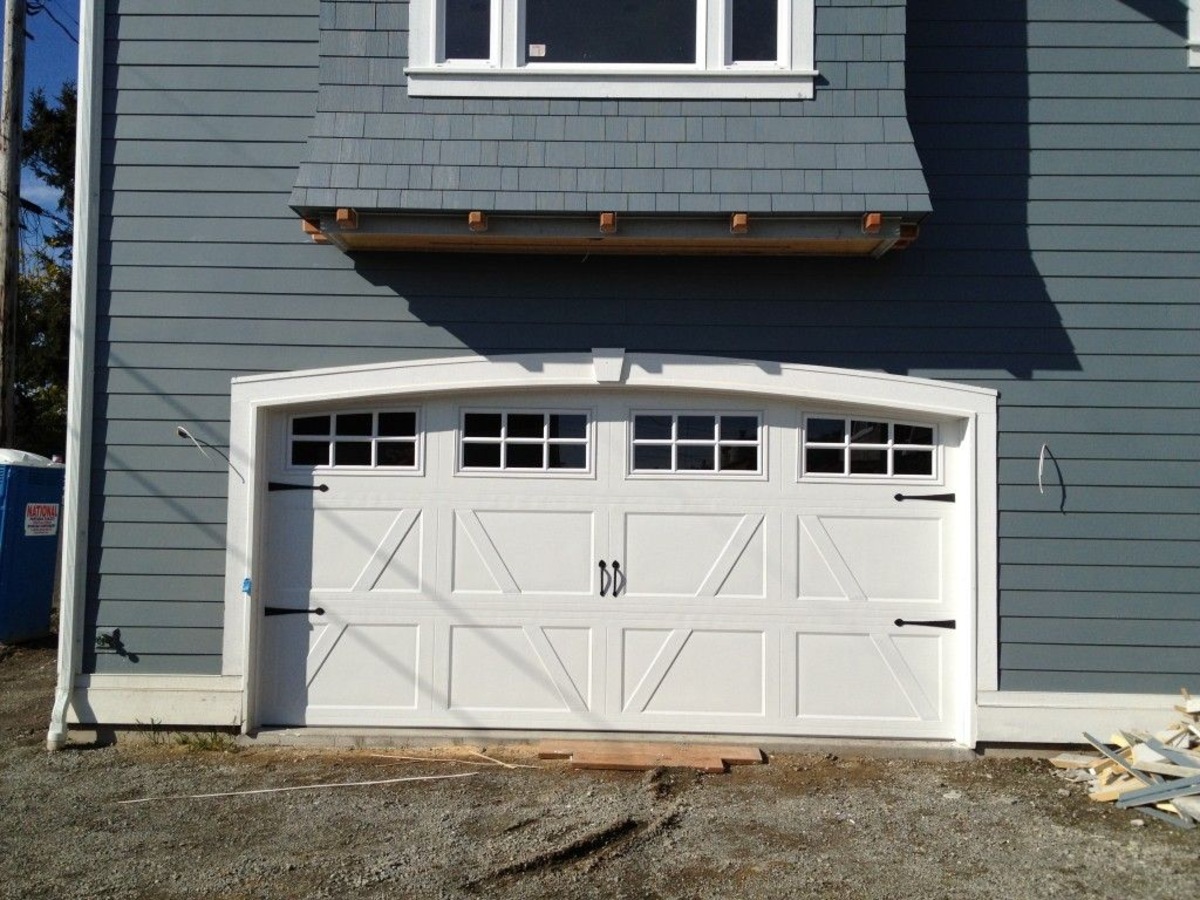
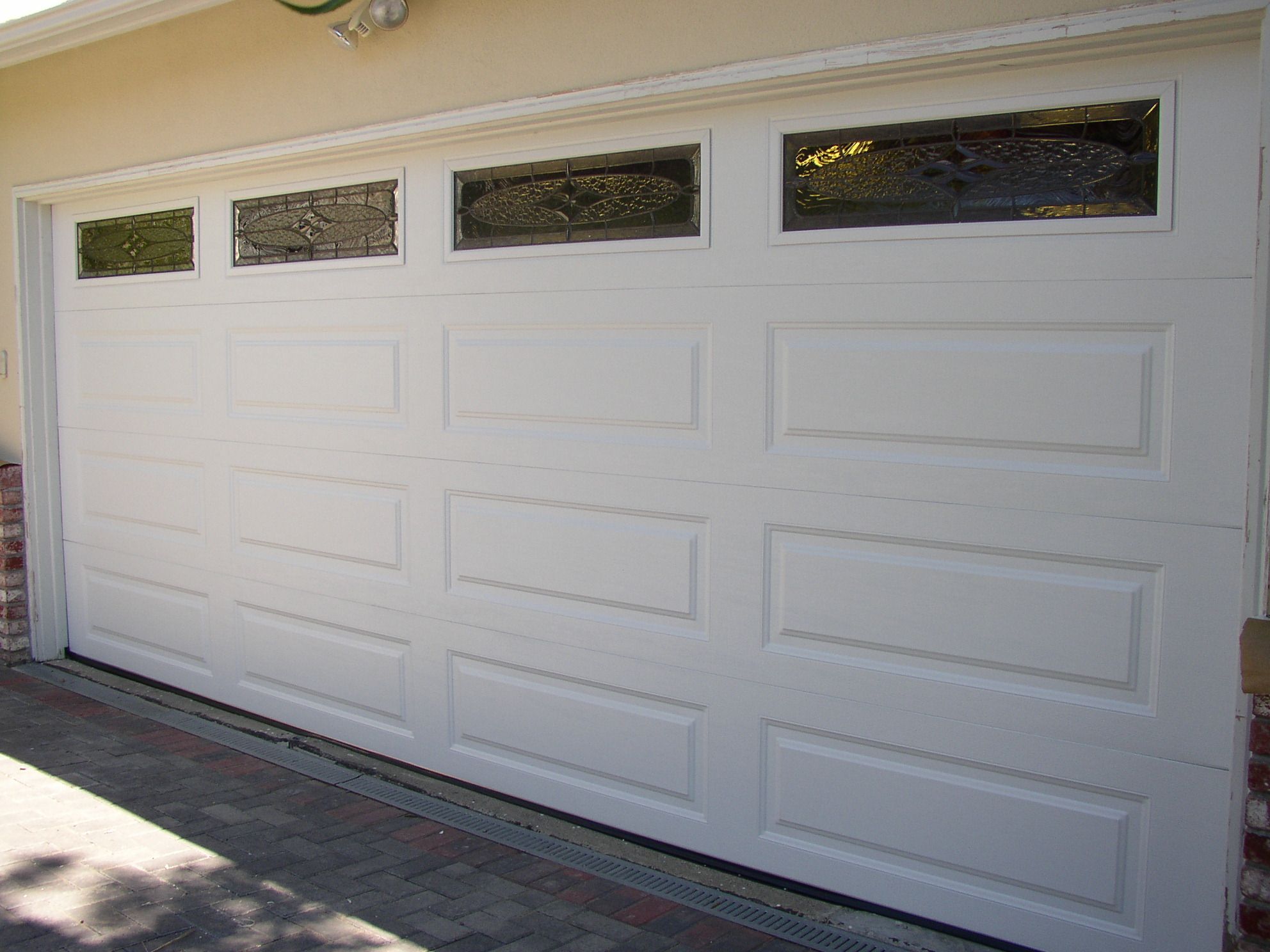
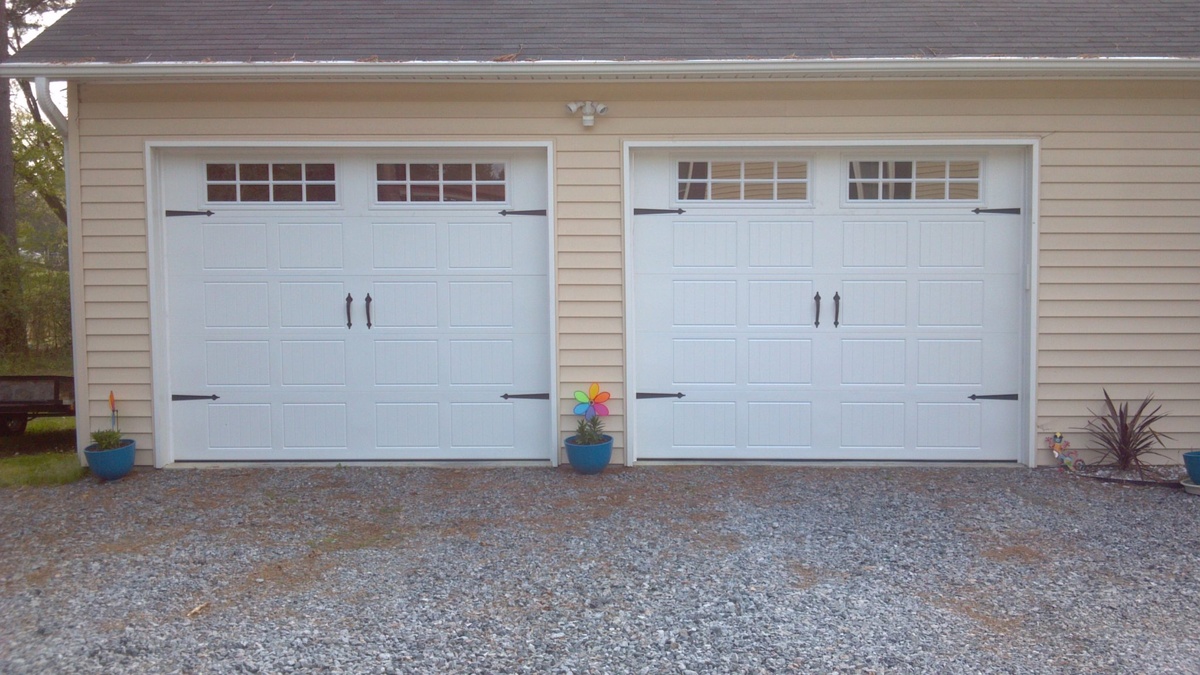

0 thoughts on “How Much Is A Garage Door Panel”